Sustainability, Free Full-Text
Por um escritor misterioso
Last updated 16 junho 2024
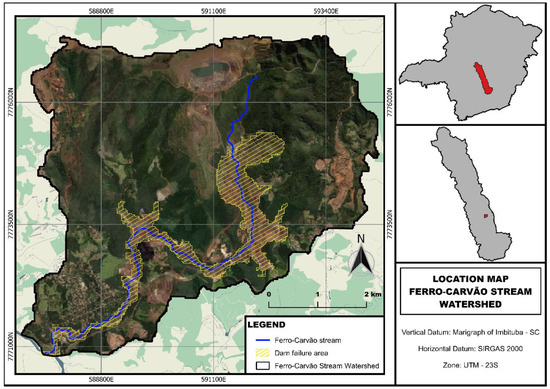
The rupture of a tailings dam causes several social, economic, and environmental impacts because people can die, the devastation caused by the debris and mud waves is expressive and the released substances may be toxic to the ecosystem and humans. There were two major dam failures in the Minas Gerais state, Brazil, in the last decade. The first was in 2015 in the city of Mariana and the second was in 2019 in the municipality of Brumadinho. The extent of land use and cover changes derived from those collapses were an expression of their impacts. Thus, knowing the changes to land use and cover after these disasters is essential to help repair or mitigate environmental degradation. This study aimed to diagnose the changes to land cover that occurred after the failure of dam B1 in Brumadinho that affected the Ferro-Carvão stream watershed. In addition to the environmental objective, there was the intention of investigating the impact of image preparation, as well as the spatial and spectral resolution on the classification’s accuracy. To accomplish the goals, visible and near-infrared bands from Landsat (30 m), Sentinel-2 (10 m), and PlanetScope Dove (4.77 m) images collected between 2018 and 2021 were processed on the Google Earth Engine platform. The Pixel Reduction to Median tool was used to prepare the record of images, and then the random forest algorithm was used to detect the changes in land cover caused by the tailings dam failure under the different spatial and spectral resolutions and to provide the corresponding measures of accuracy. The results showed that the spatial resolution of the images affects the accuracy, but also that the selected algorithm and images were all capable of accurately classifying land use and cover in the Ferro-Carvão watershed and their changes over time. After the failure, mining/tailings areas increased in the impacted zone of the Ferro-Carvão stream, while native forest, pasture, and agricultural lands declined, exposing the environmental deterioration. The environment recovered in subsequent years (2020–2021) due to tailings removal and mobilization.
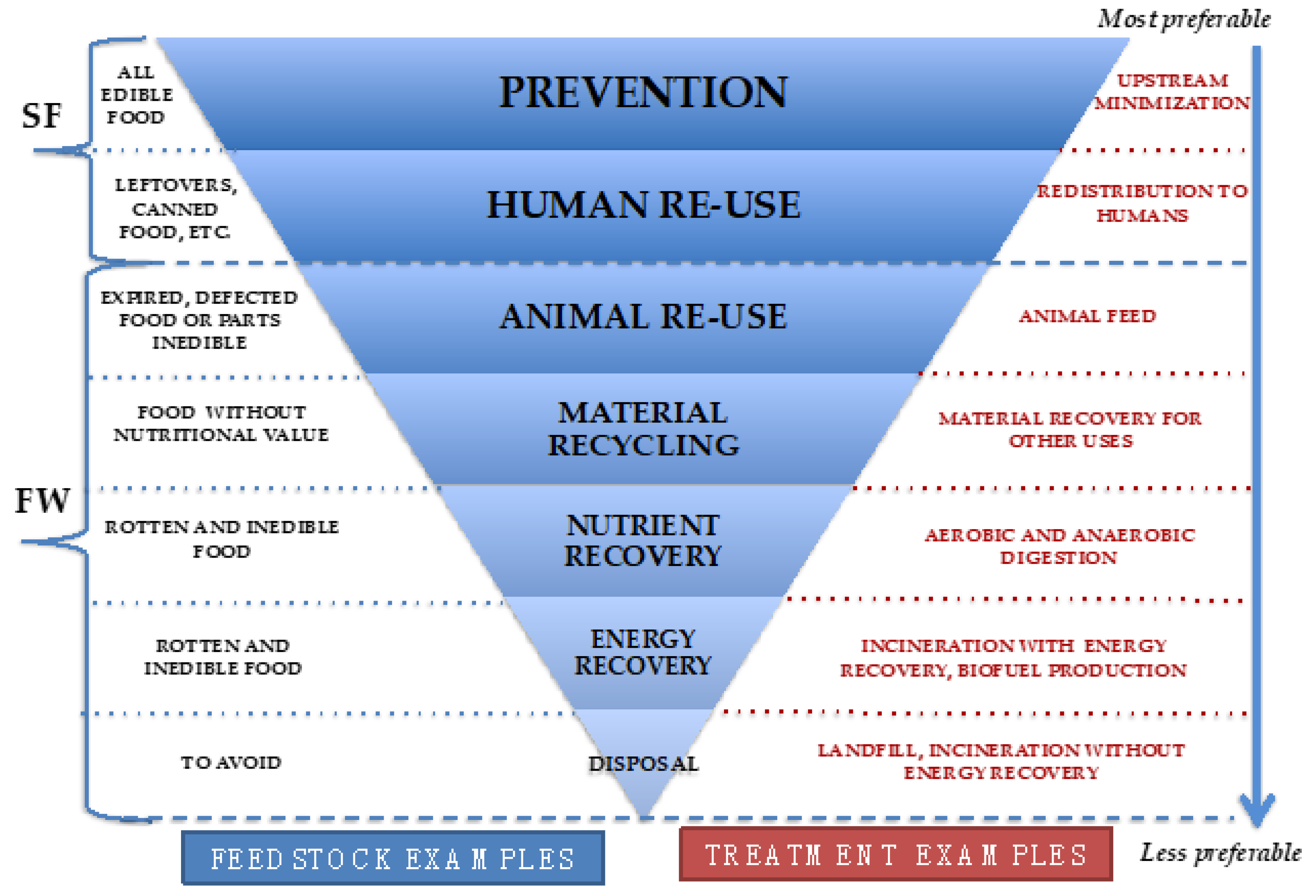
high vibration food pyramid

Home sustainable-stories

Sustainability, Free Full-Text

Sustainability, Full Stop

Office of Sustainability
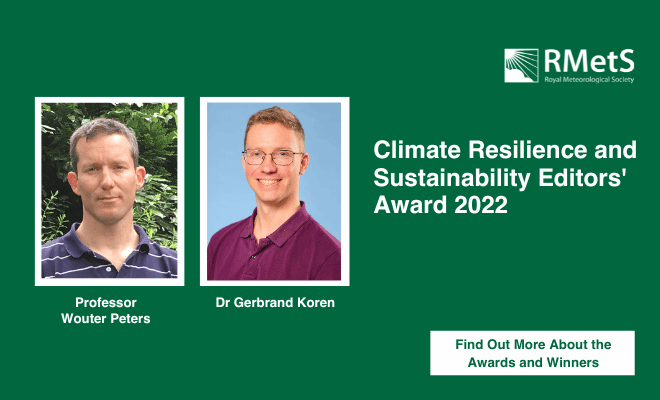
Climate Resilience and Sustainability - Wiley Online Library

ARTICLE: IOBAC launch Scale for Flooring Sustainability - IOBAC

PDF) Seeing Beyond Silos: Transdisciplinary Approaches to
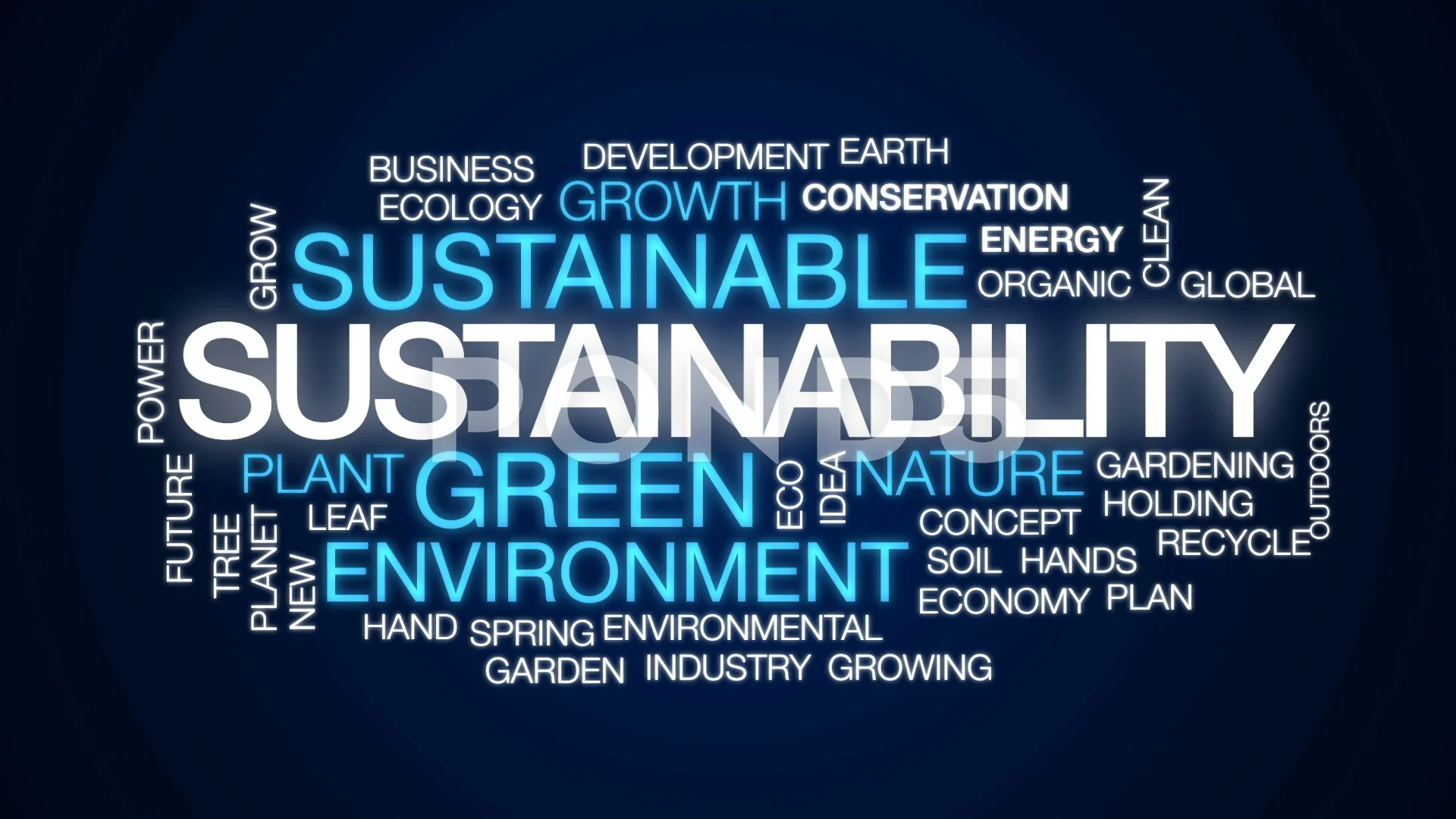
Sustainability animated word cloud, text, Stock Video

Deadline Extended! How can Food, Water, Energy nexus drive
Sustainability: A Comprehensive Foundation : Tom Theis and

Sustainability
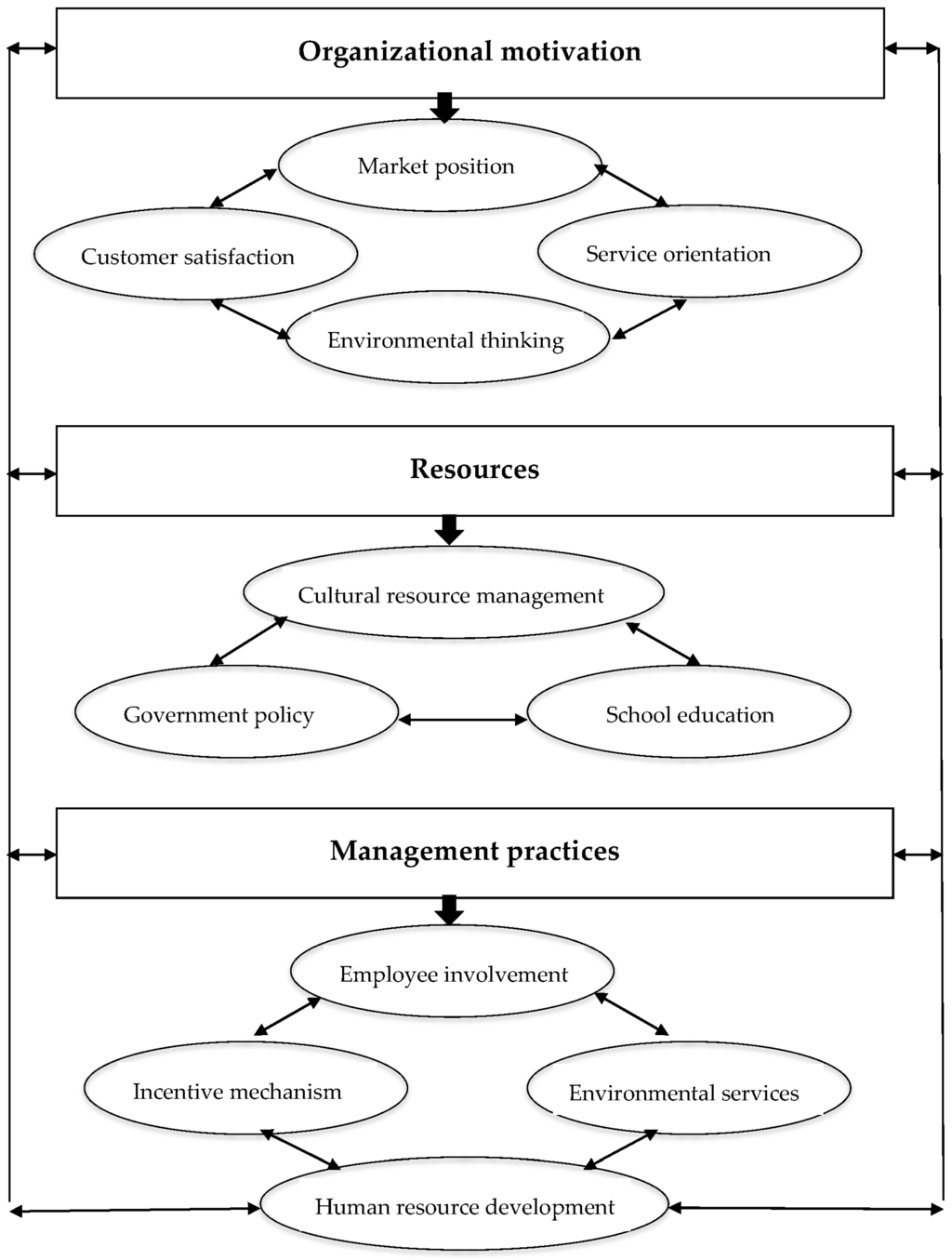
Sustainability, Free Full-Text
Recomendado para você
-
 SCP-1101-UBR (Colher Soviética) · GitHub16 junho 2024
SCP-1101-UBR (Colher Soviética) · GitHub16 junho 2024 -
 River Heritage Conservancy16 junho 2024
River Heritage Conservancy16 junho 2024 -
 Suppressed 10/22 TD SBR : r/102216 junho 2024
Suppressed 10/22 TD SBR : r/102216 junho 2024 -
 PDF) The Accuracy of Land Use and Cover Mapping across Time in Environmental Disaster Zones: The Case of the B1 Tailings Dam Rupture in Brumadinho, Brazil16 junho 2024
PDF) The Accuracy of Land Use and Cover Mapping across Time in Environmental Disaster Zones: The Case of the B1 Tailings Dam Rupture in Brumadinho, Brazil16 junho 2024 -
TomoSeq data search16 junho 2024
-
 High-Performance 4-Port L2 Managed Switch with PoE16 junho 2024
High-Performance 4-Port L2 Managed Switch with PoE16 junho 2024 -
 PDF) Вестник 11 2020 Кориневский16 junho 2024
PDF) Вестник 11 2020 Кориневский16 junho 2024 -
 Metal recycling: opportunities, limited, infrastructure by United Nations Environment Programme - Issuu16 junho 2024
Metal recycling: opportunities, limited, infrastructure by United Nations Environment Programme - Issuu16 junho 2024 -
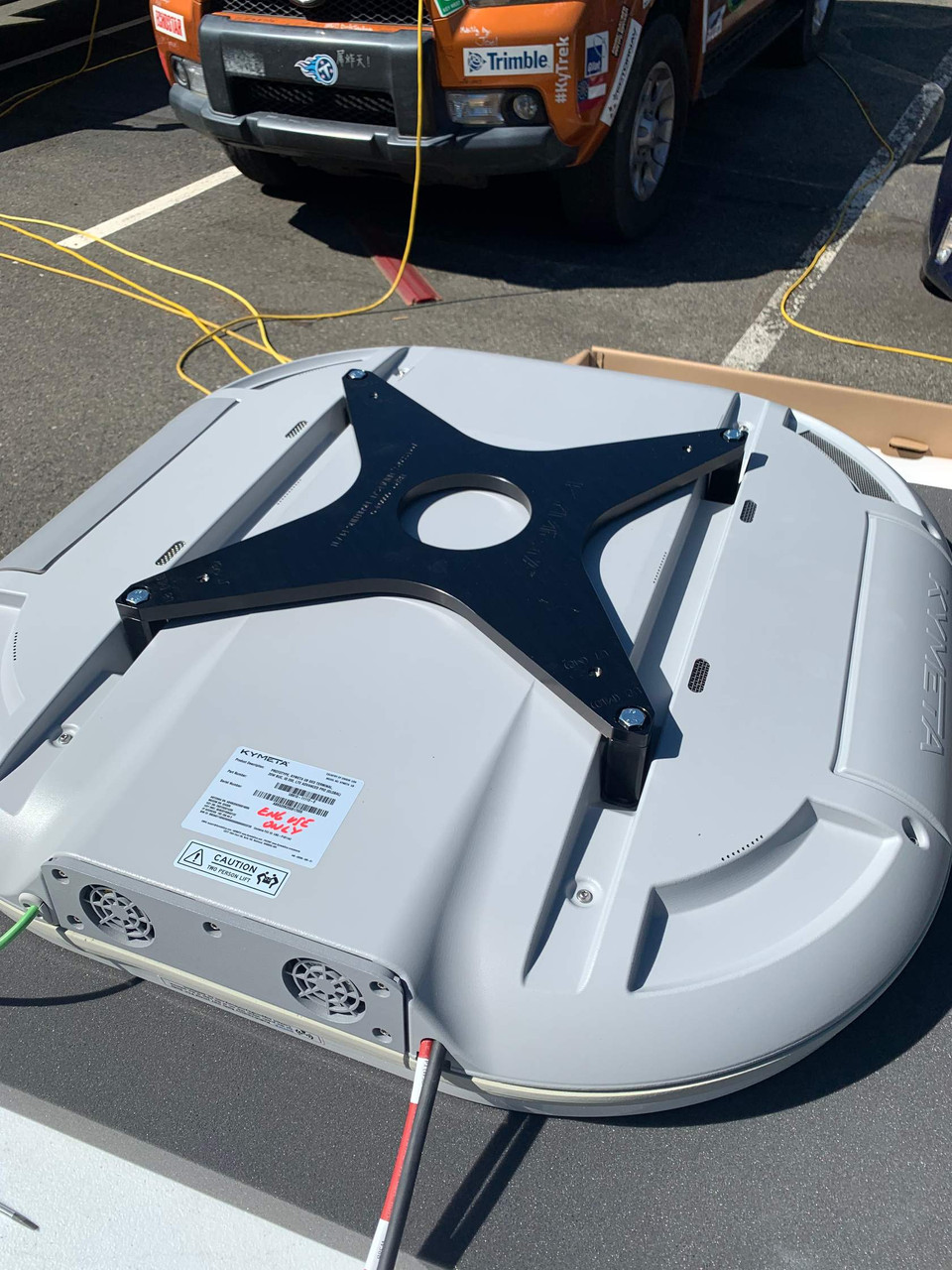 KYMETA UNIVERSAL MOUNTING PLATE16 junho 2024
KYMETA UNIVERSAL MOUNTING PLATE16 junho 2024 -
 Crypto Best Execution Analysis - Best Execution Solutions16 junho 2024
Crypto Best Execution Analysis - Best Execution Solutions16 junho 2024
você pode gostar
-
 Another cinderella story hi-res stock photography and images - Alamy16 junho 2024
Another cinderella story hi-res stock photography and images - Alamy16 junho 2024 -
 Number Lore But Alphabet Lore ( Full Version )16 junho 2024
Number Lore But Alphabet Lore ( Full Version )16 junho 2024 -
 If you watch an anime this year, make it Ranking of Kings16 junho 2024
If you watch an anime this year, make it Ranking of Kings16 junho 2024 -
 REUNITED WITH PEACHES AND HERB16 junho 2024
REUNITED WITH PEACHES AND HERB16 junho 2024 -
 Qual casa de apostas é melhor - 1win ou Bet365?16 junho 2024
Qual casa de apostas é melhor - 1win ou Bet365?16 junho 2024 -
Steam Community :: Guide :: [PT-BR and ENG] Maps useful and interesting (to 100% too)16 junho 2024
-
![Chao Shadow Fix [Sonic Adventure 2] [Mods]](https://images.gamebanana.com/img/ss/mods/5eaaed7d9edc0.jpg) Chao Shadow Fix [Sonic Adventure 2] [Mods]16 junho 2024
Chao Shadow Fix [Sonic Adventure 2] [Mods]16 junho 2024 -
 Makina.em.Casa informa16 junho 2024
Makina.em.Casa informa16 junho 2024 -
 CREF3/SC altera horários de atendimento externo durante os jogos da seleção brasileira na Copa do Mundo - CREF3/SC - Conselho Regional de Educação Física de SC16 junho 2024
CREF3/SC altera horários de atendimento externo durante os jogos da seleção brasileira na Copa do Mundo - CREF3/SC - Conselho Regional de Educação Física de SC16 junho 2024 -
 Prison Escape Puzzle Chapter 4 Into The Forest Walkthrough (Big Giant Games)16 junho 2024
Prison Escape Puzzle Chapter 4 Into The Forest Walkthrough (Big Giant Games)16 junho 2024
![Steam Community :: Guide :: [PT-BR and ENG] Maps useful and interesting (to 100% too)](https://steamuserimages-a.akamaihd.net/ugc/714157961159064069/05AED9DE509DDB8A11AB7275C30EB8DA745AC25A/)